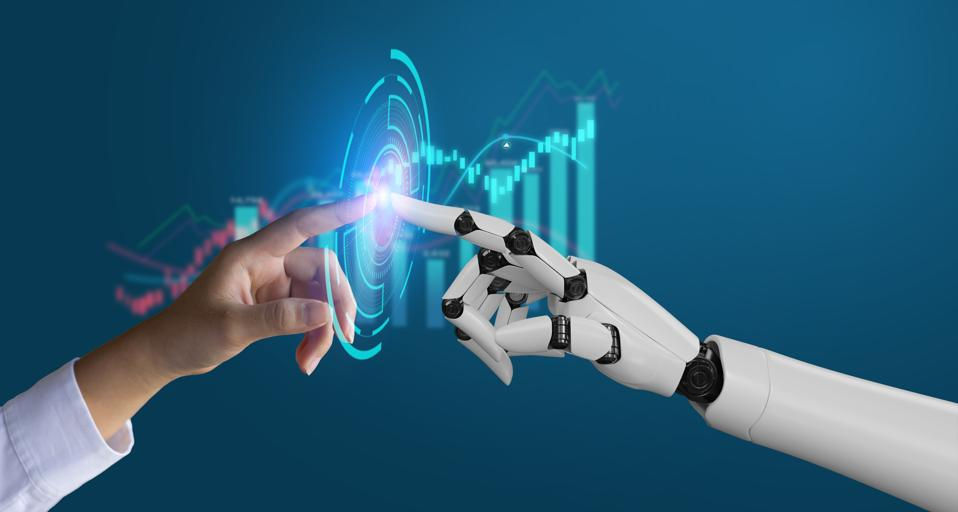How AI Tools Outperform Humans in Key Areas
- AI Improve Tools
- Sep 10
- 4 min read
Artificial intelligence (AI) is changing the way we live and work. Industries are evolving rapidly thanks to AI's ability to automate repetitive tasks, analyze data, and provide insights. But what can AI do better than humans?

In this post, we'll look at areas where AI tools shine, showcasing their advantages with examples that highlight their real-world impact.
Enhanced Data Processing
AI's ability to process vast amounts of data quickly is remarkable. Humans can analyze data, but they are limited by time and mental bandwidth. AI, however, can scan through terabytes of information in seconds. This speed is crucial in fields like finance, healthcare, and marketing, where timely decisions based on data are vital.
For instance, AI algorithms can sift through thousands of patient records to forecast health outcomes. In finance, AI can review millions of transactions in real-time to identify fraudulent activities. A study found that AI can reduce the time required for data analysis by up to 80%, demonstrating its potential to enhance efficiency.
Unmatched Accuracy
AI tools excel in accuracy, especially in tasks needing precision. In manufacturing, AI systems can detect product defects at rates of over 99%, far surpassing human capabilities. This accuracy translates to substantial cost savings by minimizing waste and ensuring high-quality output.
Moreover, in data entry, AI significantly reduces human errors. For example, organizations that adopted AI-powered data entry have reported up to a 70% reduction in errors, saving them time and money.
24/7 Availability
AI tools can work around the clock without breaks or fatigue. This constant availability is especially beneficial for customer service. AI chatbots can respond to inquiries at any hour, enhancing customer satisfaction.
Businesses that implemented AI chatbots have seen response times decrease by over 50%, leading to improved customer experiences. With AI handling inquiries at all times, organizations can maintain a competitive edge, ensuring that no customer feels neglected.
Predictive Analytics
AI's strengths in predictive analytics allow businesses to forecast future trends based on historical data. This ability is invaluable across sectors. In retail, for example, AI predicts consumer behavior by analyzing past purchasing patterns, enabling businesses to tailor marketing strategies more effectively.
In healthcare, predictive analytics can identify patients at risk for certain health conditions, allowing for preventative measures. A study found that healthcare organizations using predictive analytics saw a 35% improvement in patient outcomes due to earlier interventions.
Natural Language Processing
Natural Language Processing (NLP) empowers AI to understand and generate human language. This capability is useful for tasks such as sentiment analysis and content generation.
For instance, AI tools can evaluate customer feedback to gauge sentiment, helping businesses understand market perceptions. Additionally, real-time language translation powered by AI can eliminate communication barriers, paving the way for better collaboration. Companies leveraging NLP have reported a 60% improvement in response accuracy in sentiment analysis, proving its effectiveness.
Cost Efficiency
Investing in AI tools can lead to substantial cost savings. By automating repetitive tasks, businesses can cut labor costs and enhance operational efficiency.
In supply chain management, for instance, AI can optimize inventory levels, reducing carrying costs by up to 30%. By analyzing sales data and predicting demand, organizations can streamline logistics, resulting in timely product deliveries and minimal waste.
Improved Decision-Making
AI tools support better decision-making by delivering data-driven insights that might be overlooked by humans. For example, finance professionals can use AI algorithms to analyze market conditions and receive investment recommendations based on real-time data.
Organizations that harness AI for decision support report that it enhances strategic planning and risk management, leading to better financial outcomes. In fact, some businesses see a 20% increase in informed decision-making efficiency after implementing AI.
Personalization at Scale
In today's market, personalization is essential for customer engagement. AI can analyze user behavior to deliver tailored experiences efficiently. This is particularly beneficial in e-commerce, where AI recommends products based on individual browsing habits and past purchases.
Companies using AI for personalization have experienced increases in customer satisfaction and loyalty, with some reporting a 15% rise in sales as a result of more targeted marketing efforts.
Creative Applications
Surprisingly, AI is also making strides in creative fields. AI tools can generate art, music, or even written content. For example, AI algorithms can analyze existing artwork and create new pieces inspired by specific styles or themes.
In writing, AI can help generate articles or creative stories, offering suggestions that inspire human authors. This collaboration expands the creative potential for writers, with some noting a 25% increase in output when using AI assistance.
Final Thoughts
AI tools clearly have capabilities that allow them to excel in various areas compared to humans. From enhanced data processing and accuracy to 24/7 availability and predictive analytics, AI’s advantages are evident.
While humans bring creativity and empathy, AI tools complement these traits by offering efficiency and precise data insights. As technology advances, the partnership between humans and AI is likely to foster further innovations that will shape industries and improve our daily lives.
Understanding AI's strengths and applications is vital in a world where these technologies are becoming integral to our workflows. Embracing AI can unlock new opportunities and drive innovation, steering us toward a brighter and more efficient future.





Comments